Five-minute technical talk | Analysis of audio and video communication and signaling SIP protocol pressure testing methods

Five-minute technical talk | Analysis of audio and video communication and signaling SIP protocol pressure testing methods

Part 01
Audio and video communication process
Audio and video communication technology relies on core audio and video codec, channel transmission, network scheduling and other capabilities to provide users with low-latency, high-quality audio and video content. The complete process of audio and video communication has the following links: pre- and post-processing, acquisition, encoding, transmission, decoding, buffering, rendering, etc.
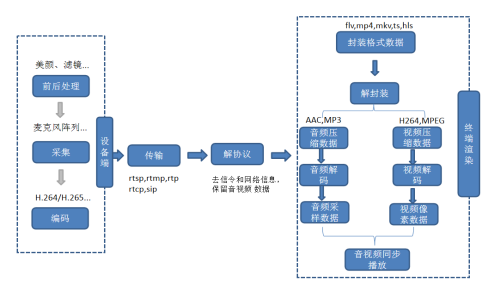
Figure 1 Audio and video communication process
Part 02
Audio and video communication related protocols
The protocols involved in audio and video communication are: rtp, rtcp, rtmp, rtsp, http, hls, srt, sip. Among them, rtp and rtcp are transport layer protocols, which rely on the underlying udp protocol and often cooperate with rts live broadcast; rtsp, rtmp, hls, srt are application layer media transmission protocols, which are often used for live broadcast, interactive live broadcast, on-demand, etc.; sip relies on the underlying udp Protocol Signaling control protocol, used for media session initiation, termination, and modification control.
Table 1 Details of protocols related to audio and video communication
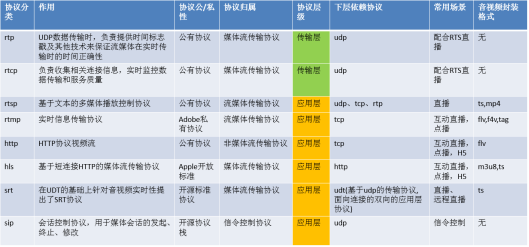
The computer network adopts a hierarchical design method. Layers are connected through interlayer interfaces. Each layer completes a function through a specific protocol, and multi-layer superposition completes the sending and receiving of the entire information. The relationship between the media communication protocol and the OSI protocol architecture is as follows:
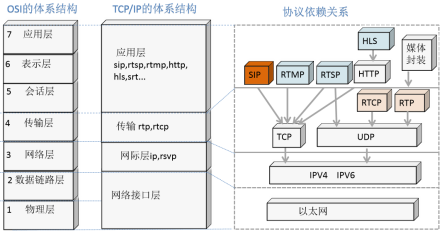
Figure 2 Relationship between media communication protocols and OSI protocol architecture
Part 03
SIP-based central signaling control service
Cloud table SIP (Session Initiation Protocol) is an application layer session initiation protocol, which can be used for the initiation, termination, and modification of media sessions. It is an important protocol in NGN, that is, the next generation network. It is a multimedia communication protocol formulated by IETF. Participants in a session can communicate via multicast, mesh unicast, or a mixture of both. Signaling (Signaling) refers to the control instructions in the communication system, such as: status reporting, configuration parameter delivery, network resource scheduling, and is an important part of realizing audio and video communication. To achieve audio and video communication, information needs to be exchanged through the signaling server: media information, network information, specific services (for example: pull stream, pause, join the room, mute, etc.)
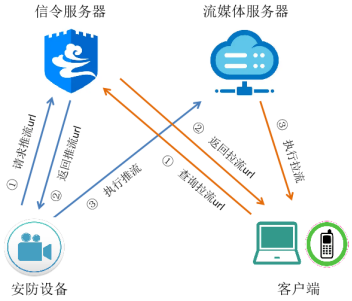
Figure 3 Signaling control service process
Media information: Before the two-terminal communication, use the SDP (Session Description Protocol) session description protocol to understand what capabilities the two parties have, what the SDP media information carries is the codec, whether it supports audio and video, and what the encoding method is.
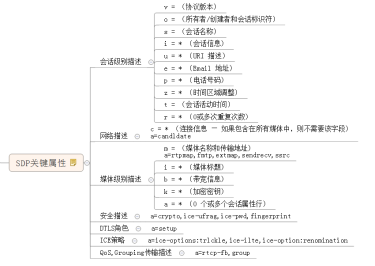 picture
picture
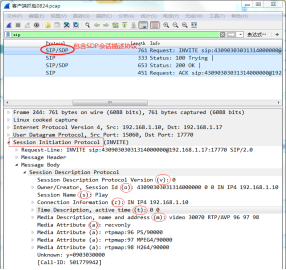 picture
picture
Figure 4 Key attributes in the SDP session description protocol
Network information: When A communicates with B, it first transmits network-related information to the signaling server, and the server helps you switch to the peer end. After the peer end gets your information, if it is in the same local area network, it will be directly transmitted through P2P; If you are not there, first perform P2P traversal to see if you can get through.
Part 04
SIPP performance test
Before the SIPP test process, we first understand the sip creation/end session process:
1. The calling party sends a SIP INVITE request message (carrying SDP) to the called party, requesting to establish a session
2. The called party returns a SIP 200 OK response message (carrying SDP) to accept the session establishment request
3. The calling party sends a SIP ACK request message to confirm the establishment of the session.
4. Any party in the session can send a SIP BYE request message to request to end the session;
5. The other party returns a SIP 200 OK response message to accept the session end request.

Figure 5 sip create/end session process
SIPP can be used to test many real SIP devices, such as SIP proxy, B2BUAS, SIP server, SIP/X gateway, SIPPBX, etc. It can imitate tens of millions of SIP proxies to call your SIP system.
❖ Take simulated UAC as an example, the test steps:
1. The user operates the management and control functions of the port device, such as streaming, pause, PTZ control and other functions
2.xshell connects to the server where the signaling is located, and executes the packet capture command tcpdump -i any -s 0 -w xx.pcap
3. Use xftp to synchronize the packet capture xx.pcap file to the local, and use wireshark to view it
4. Write a sipp script according to the interactive message of sip (as shown in Figure 1 on the right)
5. Put the uac script in the server directory deployed by sipp and execute the following command:
6. sipp -i 172.xx.xx.86 -p 5xxx5 -sf uac3.xml -inf data.csv 172.xxx.xxx.38:5xx0 -r 1 -l 10 -m 20

Figure 6 SIPP performance test script writing
Part 05
conclusion
With the rapid development of the new generation of information technology, we have entered into a new era of intelligence. As a quality assurance department, on the one hand, we need to have an in-depth understanding of the technologies involved in the business, and on the other hand, we must explore quality assurance methods to escort the development of the home security ecological business.